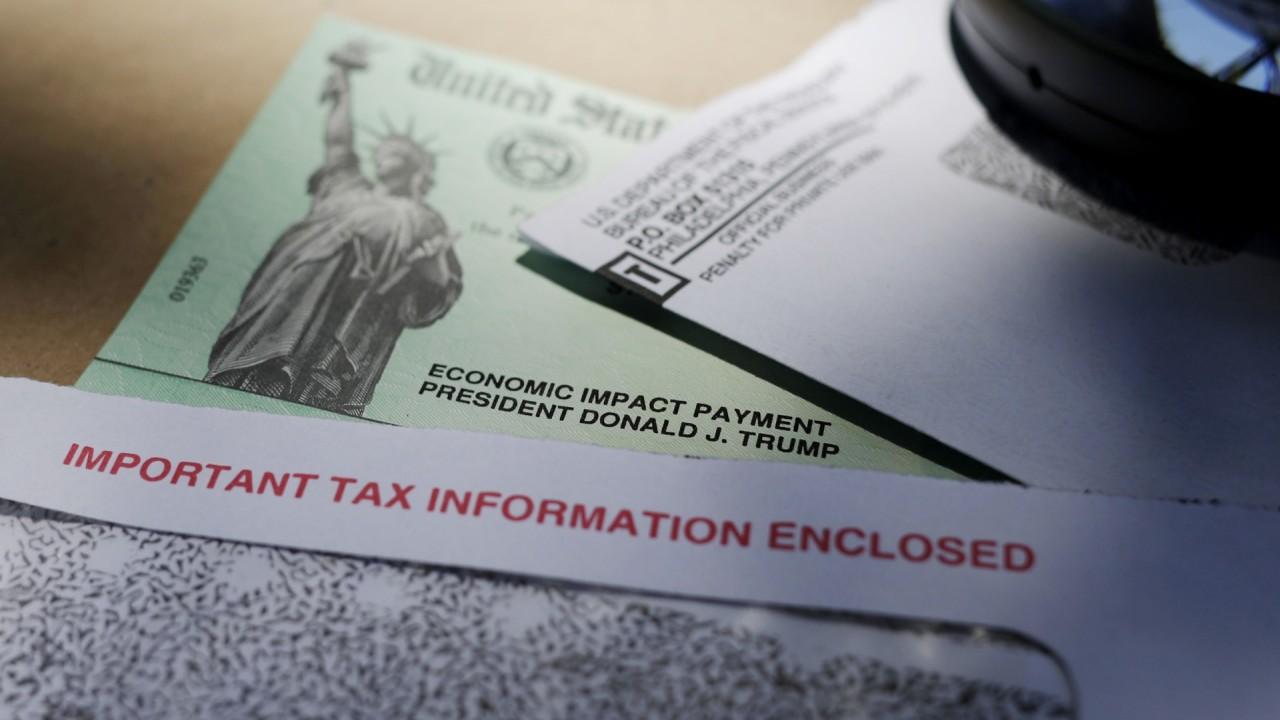Waiting for the extra $300 weekly unemployment benefit? Here's when it could start
Unemployed Americans could start receiving an extra $300 in weekly jobless benefits at the end of August
Unemployed Americans are expected to start receiving the extra $300 a week in jobless aid promised by President Trump at the end of August, according to a memo from the Federal Emergency Management Agency (FEMA), which will administer the money.
Last week, Trump signed an executive action partially restoring the just-lapsed federal unemployment supplement after Congress failed to cut a deal on another coronavirus aid package. Although Trump promised a $400-a-week boost, the measure only depended onstates being able to fund 25%, or $100, of the aid.
The extra $600 a week that expired at the end of July was part of the $2.2 trillion CARES Act that Congress passed in March. About two-thirds of workers on unemployment received more government aid than what they earned at their old job, according to a paper written by economists at the University of Chicago's Becker Friedman Institute.
After governors of cash-poor states criticized the proposal, the Labor Department suggested that rather than adding $100 a week on top of what they already pay in weekly benefits, states could count their existing payments toward the 25% share. Essentially, workers would receive a $300 boost rather than the intended $400.
CALCULATE HOW MUCH MONEY YOU'D RECEIVE FROM THE SECOND STIMULUS CHECK HERE
States still have the option to chip in an extra $100, but few, if any, are expected to do so. So far, no state has said it plans to pay $100.
According to the FEMA memo, most states will begin rolling out the sweetened benefits three weeks after the Aug. 8 ordered was signed, identifying Aug. 29 as the average start date.
However, the timeline will ultimately vary by state.
FEMA announced that it has authorized Arizona, Iowa, Louisiana and New Mexico to begin distributing the money, followed by Colorado, Missouri and Utah.
"FEMA’s grant funding will allow Arizona, Iowa, Louisiana, and New Mexico to provide those unemployed due to COVID-19 $300 per week on top of their regular unemployment benefit," the announcement said. "FEMA will work with Arizona Governor Ducey, Iowa Governor Reynolds, Louisiana Governor Edwards, and New Mexico Governor Lujan Grisham as they implement state systems to make this funding available to the residents of their states.”
Arizona said it will begin distributing the $300 aid, which will be retroactive to July 26, to out-of-work Americans this week.
States have until Sept. 10 to apply for the federal benefit.
NEARLY HALF OF US JOBS LOST TO CORONAVIRUS COULD BE GONE PERMANENTLY, POLL FINDS
The average state unemployment benefit is about $330 per week. With the federal supplement, Americans can expect to receive about $630 in weekly unemployment benefits.
Trump allocated $44 billion to cover the additional $300 weekly benefit, using money from the Disaster Relief Fund, the government's primary source of funding. The fund, which is also pivotal for the government's response to natural disasters like hurricanes and wildfires, would limit initial disbursements to three weeks. That means some laid-off workers may only receive a lump-sum payment before the money runs out again.
"Trump's order forces states to build an entirely new unemployment benefit from scratch - they aren't allowed to use their current federally-funded resources to process it," Rep. Don Beyer, D-Va., wrote in a tweet on Monday. "How long will that benefit last? FEMA can only guarantee it for *three weeks.*"
MNUCHIN URGES DEMS TO PASS $1T VIRUS STIMULUS DEAL BUT WON'T SPECULATE ON AID COMPROMISE
The sweetened benefits will last until the money in the fund runs out, or through Dec. 6, 2020, according to the memo Trump signed. The Committee for a Responsible Federal Budget estimates the money will last for about five weeks.
Only individuals who are receiving at least $100 in unemployment assistance through regular state programs or other aid initiatives like a shared-work program are eligible for the boosted benefits, according to the memo. Benefits are calculated based in part on a worker's former income, which could mean that some of the country's lowest earners are excluded.
GET FOX BUSINESS ON THE GO BY CLICKING HERE
The Labor Department's July jobs report released last Friday showed that employers added 1.8 million jobs in July, sending the unemployment rate down to 10.2%. While it marked the third consecutive month of job growth in the millions, the economy has so far added back less than half -- about 42 percent -- of the 22 million jobs it lost during the pandemic.

